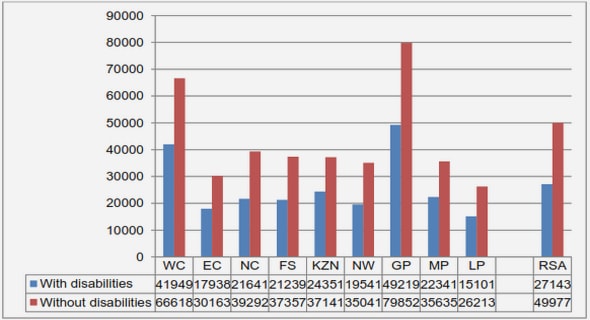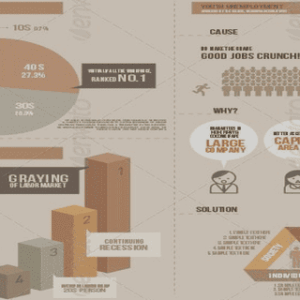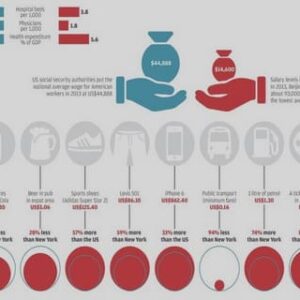(Downloads - 0)
For more info about our services contact : help@bestpfe.com
Table of contents
Introduction Générale
1 Does Inducing Informal Firms to Formalize Make Sense? Experimental Evidence from Benin
1.1 Introduction
1.2 Formalization in Benin
1.3 Evaluation design
1.3.1 The Intervention
1.3.2 Sample selection and study population’s characteristics
1.3.3 Experimental Design
1.3.4 Data
1.4 Program implementation and take-up
1.5 Theory and Empirical Strategy
1.5.1 Theory: How might the entreprenant program impact formalization and business performance?
1.5.2 Estimation
1.6 Impact of our interventions on formalization and of formalization on firms
1.6.1 Overall impact on formalization
1.6.2 A supplementary information experiment
1.6.3 Impact on intermediate outcomes for firms
1.6.4 Impact on firm performance
1.6.5 Why don’t more firms formalize?
1.7 The Costs and Benefits to Government of Formalizing these firms
1.7.1 The cost of inducing firms to formalize
1.7.2 The tax benefits to the government of bringing firms into the formal system
1.7.3 Would better targeting help?
1.8 Conclusions
2 Firm Formalization, Individual Property Rights and Intra-household Relationships
2.1 Introduction
2.2 Context
2.2.1 Gender Norms and Intra-Household Relationships in Benin
2.2.2 Entrepreneurship and Firm Formalization in Benin
2.2.3 Formalization has Limited Effects on Business Outcomes in this Context
2.3 Theoretical Framework
2.3.1 General Setup
2.3.2 Direct Effect of Formalization
2.3.3 Impact of Formalization on Husband’s Optimal Decisions
2.3.4 Impact of Formalization on Wife’s Optimal Decisions
2.3.5 Summary of Model Results
2.4 Experimental Design and Data
2.4.1 The Entreprenant Study
2.4.2 Sample Characteristics and External Validity
2.4.3 Data and Outcomes
2.5 Empirical Specification
2.6 Results
2.6.1 First Stage: Impact on Firm Formalization
2.6.2 Impact of Firm Formalization on Revenue Allocation and Willingness to Pay to Hide a Windfall Transfer
2.6.3 Mechanisms
2.6.4 Robustness Checks and Alternative Interpretations
2.7 Conclusion
3 Technology, Taxation, and Corruption: Evidence from the Introduction of Electronic Tax Filing
3.1 Introduction
3.2 Context: Tax Administration and Electronic Tax Filing in Tajikistan
3.3 Experiment Design
3.3.1 Sampling and Randomization
3.3.2 Program Implementation
3.4 Conceptual Framework
3.5 Data
3.5.1 Risk Score
3.6 Empirical Specification
3.7 Results and Discussion
3.7.1 Adoption of Electronic Tax Filing
3.7.2 Impact of Electronic Tax Filing
3.7.3 Mechanisms
3.7.4 Robustness Checks
3.8 Conclusion and Policy Implications
Bibliography
Appendices
Appendix A Chapter 1
A.1 Details of Intervention Implementation
A.2 Details of Sampling Procedure
A.3 Measurement of Key Outcomes
A.4 Matching program data to administrative data on formalization
A.5 Estimating Future Additional Tax Revenue from Newly Formalized Firms
Appendix B Chapter 2
B.1 Outcome definitions
Appendix C Chapter 3
C.1 Script Used to Invite Firms to Training
C.2 Measurement of Key Variables and Outcomes
C.3 Cost Effectiveness Analysis Using Time Saved by Firms
C.4 Machine Learning Methodology



